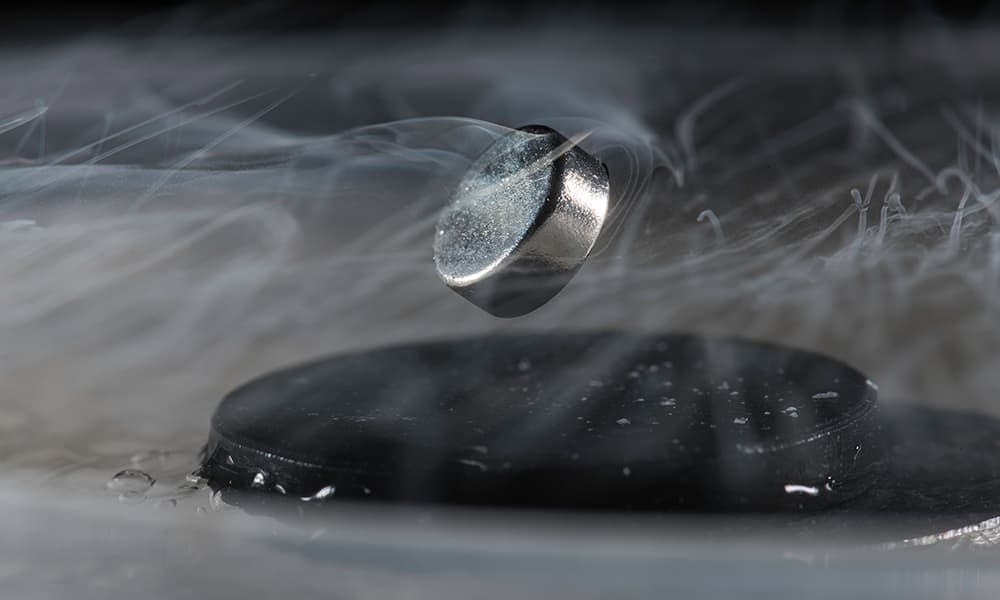
Superconductors have the potential to revolutionize various industries, including power grids, computers, and energy storage, mainly if a material that is superconducting at room temperature can be found. This would allow the conduction of electricity without resistance and without the need for cooling to shallow temperatures.
- Superconductivity at room temperature opens up possibilities for applications such as resistance-free power transmission.
- Research has shown the possibilities, but some claims have been countered.
As the search for such material continues, the unconfirmed discovery raises doubts and fuels ongoing debate in the scientific community. In March, a research group reported the discovery of a room-temperature superconductor, a highly anticipated breakthrough material. However, their claims have not been verified to date.
The Original Discovery

In 2020, researchers claimed to have achieved room-temperature superconductivity in a sulfur, carbon, and hydrogen hydride material. The material was said to exhibit superconductivity at a temperature of 15 degrees Celsius under high pressure. However, the journal “Nature” retracted the article due to concerns regarding manipulated magnetic field data and difficulties reproducing the experiment. The researchers provided raw data after the retraction, but other physicists doubted its compatibility with the previously published paper.
Despite the controversy, scientists agree that hydrides, including those with carbon additives, hold promise for developing high-temperature superconductors. Researchers have discovered a nitrogen-doped lutetium hydride that exhibits superconductivity at room temperature and moderate pressure. By stabilizing the material’s crystal lattice structure using a small amount of nitrogen, the researchers could reduce the pressure required for superconductivity.
A New Study and Further Doubts
Researchers at the University of Illinois Chicago recently verified a critical measurement from the original study, which had faced doubts from other scientists. They observed drops in electrical resistance in the material when cooled under high pressure, supporting the original claim of room-temperature superconductivity. However, the results do not provide proof of superconductivity and may encourage further investigation.
While some scientists consider the new measurements a significant step forward in the search for room-temperature superconductors, others remain cautious. Lilia Boeri, a professor at Sapienza University of Rome, believes the material may exhibit interesting electronic properties but questions whether it truly demonstrates superconductivity according to conventional theories. Eva Zurek, a professor at the University at Buffalo, has partially changed her mind, noting that modifications to numerical simulations resulted in similar outcomes to the original study.
Alternative Approaches
As doubts persist over the disputed experiment, other research groups are working on alternative approaches to achieving room-temperature superconductivity. One such group is the University of Rochester team that discovered the nitrogen-doped lutetium hydride material. They focused on finding a material that would be a good partner for hydrogen and found that lutetium, when nitrogen-doped, showed promising superconducting properties. The critical temperature for superconductivity increased from -102 degrees Celsius at 0.5 gigapascals to 20.8 degrees Celsius at 1 gigapascal.
Applications
The discovery of a material that exhibits superconductivity at room temperature and near-normal pressures opens up possibilities for applications such as consumer electronics, resistance-free power transmission, and advancements in fusion reactor technologies. However, the ongoing controversy surrounding the original discovery highlights the need for further research, collaboration, and thorough verification of experimental results to pursue room-temperature superconductors.









